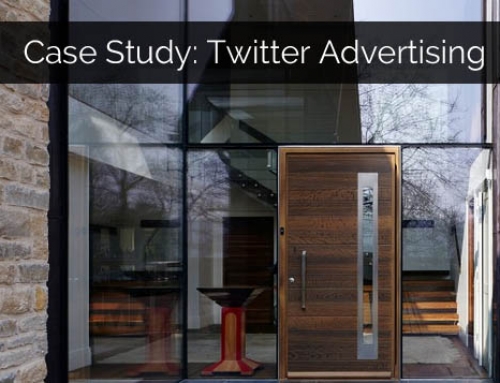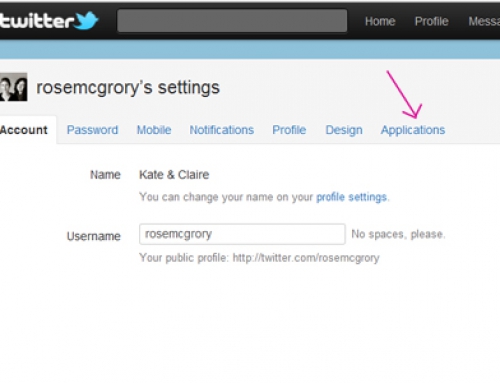Following a long chat with a client this week about using Twitter to promote and enhance their upcoming business event, we realised that we’ve accumulated a lot of knowledge on the subject – some of it earned the painful way!
So, if you’re organising an event, whether it’s “in person” or a virtual-event webinar, here’s what you should be thinking about.
Why use Twitter for an event?
Done right, there are so many reasons why Twitter can make your event so much more successful.
Firstly, reach. If you’re running a webinar, promoting it and live tweeting (essentially, reporting and commenting on the presentations in real time) will help put you in touch with interested parties globally. If the event is “real-world”, this is even more true – having a Twitter element to it means that participation is no longer limited to those within an hour or two’s travelling distance.
Secondly, encouraging discussion on Twitter during the event can seriously power up the conversation. How many times have you sat in a presentation, wanting to ask a question but then finding that the Q&A was over before they got to you? Or wondered what the other attendees were *really* thinking, but were too polite to bring up in the formal sessions? Good use of Twitter can fix both those challenges.
Then, a Twitter discussion gives your event a longer lifespan. There’s nothing to stop attendees continuing the debate before or after the session, for as long as they want to. As well as being great for the attendees and speakers, this adds a whole extra dimension of visibility to your event and that can only be good for future attendance!
Finally, Twitter can provide a big value add for delegates. That’s partly because of the increased discussion opportunity, but also for networking – they’re no longer limited to chatting with whoever they wound up next to in the coffee queue.
Practical tips for Twitter at an event
Using Twitter for events isn’t rocket science, but we’ve seen it go VERY wrong on occasion. You need to
1) Ensure that there will be WiFi or a decent 3G signal available in the venue. And…
2) make sure the Wifi connection details and password are very prominently displayed.
Yes, that seems obvious and it seems simple, but we’ve seen big social media agencies fall foul of this one – exhorting everyone to join in via Twitter, whilst not noticing that the event is in a basement and they’ve not provided the WiFi password. It results in everyone fiddling with their phones getting frustrated rather than focusing on the presentation.
3) think about who your audience are, and if they’re reasonably likely to be familiar with Twitter. I once had to “host” a twitter chat at a local government event about four years ago – it was painful, as the results were up on a projector screen and there was only one other twitter user in the room. Turned out he wasn’t feeling chatty!
4) choose a hashtag and start promoting it early and often – ideally with some suggestions of how people can use it on the day
5) Unless you trust your audience with your (professional) life, DO NOT project live-tweets on a screen near or, worse, behind the presenter.
It’s really not fair on the speakers, for one thing – can you imagine anything more distracting than a real-time critique just out of your line of sight?!
Live screening also often proves too tempting for even the most professional of audiences to resist tempting the profanity filters, or making jokes about the presenter’s tie. Put screens in breakout areas, or switch them off during presentations and back on for the Q&A.
6) Ideally, have someone on the staff who can “compere” the discussion – summarising the presentation, making some comments etc. Oftentimes people won’t start a conversation but will join in. On a related note, if you’re using Twitter to take questions for the Q&A, have someone collate them and relay them to the speaker – it’s awkward for them to be checking Twitter or a screen themselves, even assuming they’re usually Twitter users.
Those are our Top Tips – if you have any others, or juicy stories of live-tweet-based disaster to share, please feel free below…






Leave A Comment